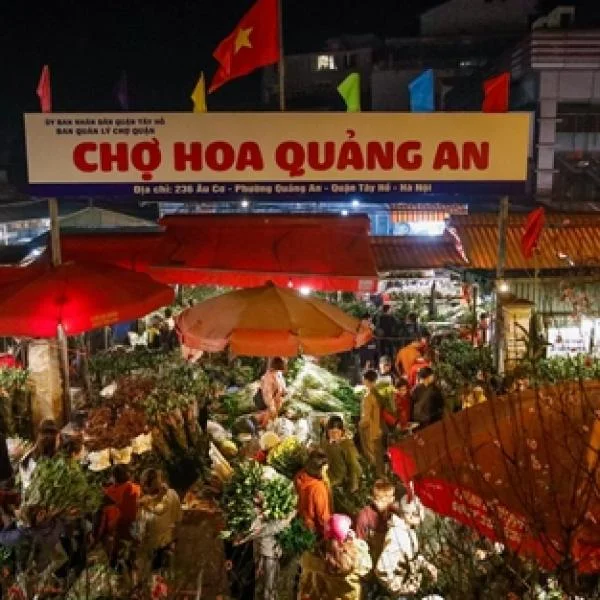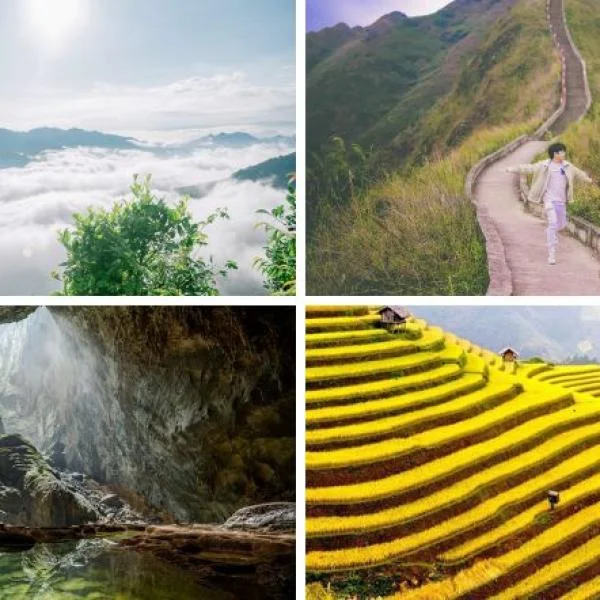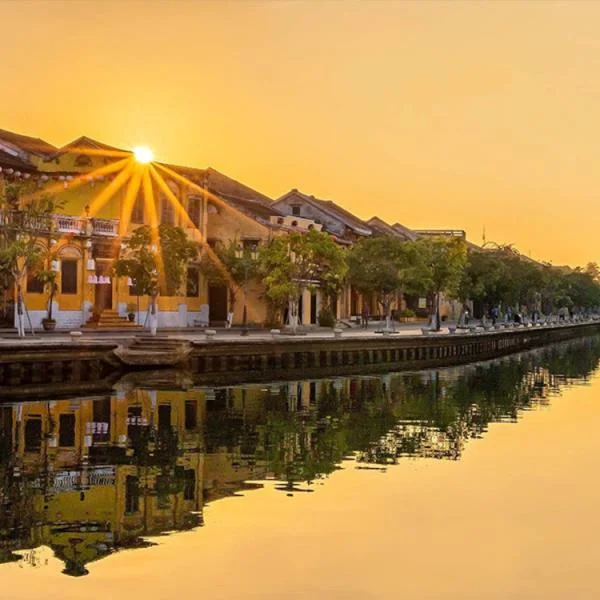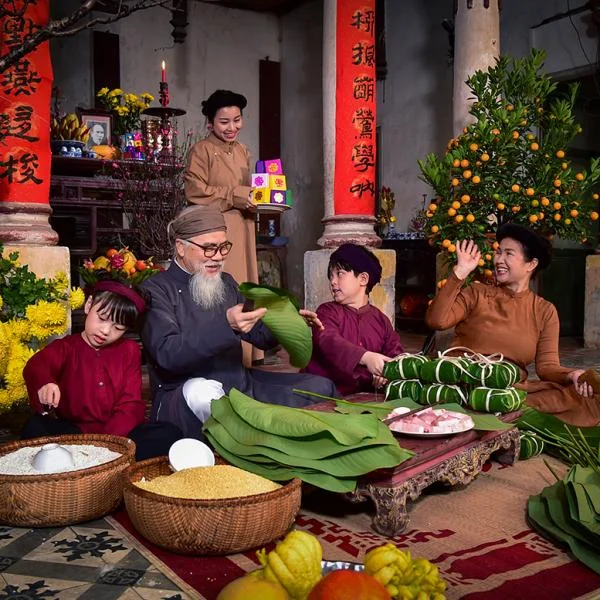Vietnam's Rice Terraces: A Breathtaking Natural Wonder and Cultural Heritage
Vietnam's Rice Terraces: A Breathtaking Natural Wonder and Cultural Heritage
Vietnam's rice terraces are a captivating sight, showcasing the intricate interplay between nature and human ingenuity. These verdant fields, cascading down mountainsides or stretching across vast plains, are not only essential to the country's agriculture but also a major draw for travelers seeking authentic experiences and stunning landscapes in Southeast Asia.
Northern Vietnam: Terraced Beauty in the Highlands
Northern Vietnam is home to some of the most iconic rice terraces in the world, attracting photographers, hikers, and culture enthusiasts alike.
Sapa: The Crown Jewel of Vietnamese Rice Terraces
- Location: Lao Cai Province, Northwestern Vietnam
- Elevation: Approximately 1,600 meters above sea level
- Best time to visit: September to November for harvest season
- Key attractions:
- Muong Hoa Valley: Renowned for its stunning terraced rice fields
- Fansipan Mountain: Southeast Asia's highest peak, offering panoramic views of the terraces
- Cat Cat Village: Traditional Hmong village showcasing local culture and rice farming techniques
Sapa offers breathtaking views, especially during the blooming season. The Hmong and Dao ethnic minority groups have cultivated these terraces for centuries, creating a harmonious blend of nature and culture. Visitors can trek through the terraces, stay with local families in homestays, and experience traditional rice farming methods firsthand.
Ha Giang: The Final Frontier of Vietnam
- Location: Northernmost province of Vietnam
- Key attractions:
- Quan Ba Pass: Often called the "Heaven's Gate," providing panoramic views of the terraced fields
- Lung Cu Flag Tower: Marking Vietnam's northernmost point
- Dong Van Karst Plateau Geopark: UNESCO-recognized site featuring unique geological formations and rice terraces
This remote province is known for its rugged beauty and dramatic rice terraces. The winding roads of Ha Giang offer a thrilling motorbike adventure through some of Vietnam's most spectacular scenery.
Mu Cang Chai: A UNESCO-Recognized Wonder
- Location: Yen Bai Province, Northwestern Vietnam
- Best time to visit: Late September to early October for the harvest season
- Key attractions:
- La Pan Tan village: Home to some of the most photogenic rice terraces
- Che Cu Nha village: Offering stunning views of terraced fields and traditional Hmong culture
- Mu Cang Chai Pass: Providing sweeping vistas of the surrounding landscape
A UNESCO World Heritage Site, Mu Cang Chai is famous for its terraced rice fields, particularly during the flooding season when they reflect the sky like a mirror. The region hosts an annual paragliding festival, allowing visitors to soar over the golden terraces during harvest time.
Central Vietnam: A Unique Landscape of Rice and Karst
Central Vietnam offers a different kind of rice terrace experience, blending limestone formations with lush paddies.
Ninh Binh: The "Halong Bay on Land"
- Location: 90 km south of Hanoi
- Key attractions:
- Tam Coc: Boat tours through limestone caves and rice paddies
- Trang An Scenic Landscape Complex: UNESCO World Heritage Site featuring karst towers, valleys, and rice fields
- Bich Dong Pagoda: Ancient temple complex overlooking rice paddies
Known for its dramatic limestone karsts and rice paddies that create a surreal landscape, Ninh Binh offers boat tours through the rice fields, providing a unique perspective on Vietnamese agriculture and natural beauty.
Southern Vietnam: The Mekong Delta - Vietnam's Rice Bowl
- Key regions: Can Tho, An Giang, Dong Thap provinces
- Best time to visit: December to April (dry season)
- Key attractions:
- Cai Rang Floating Market: Largest wholesale floating market in the Mekong Delta
- Tra Su Cajuput Forest: Mangrove forest with diverse ecosystem
- Sa Dec Flower Village: Colorful flower farms amidst rice paddies
The Mekong Delta is Vietnam's rice bowl, with vast expanses of rice paddies. Visitors can experience the unique charm of rural life by taking boat trips through the canals, visiting local villages, and learning about the intricate irrigation systems that support rice cultivation in the region.
Experiencing Rice Terraces: Best Practices and Cultural Insights
Best Time to Visit
The ideal time to see rice terraces depends on the region and the stage of the rice cycle:
- Vibrant green fields: May-June (growing season)
- Golden harvests: September-October
- Water-filled terraces: April-May (planting season in the north)
Activities and Experiences
- Participate in rice farming activities (planting, harvesting)
- Take photography tours during sunrise or sunset for optimal lighting
- Join cooking classes to learn about rice-based Vietnamese cuisine
- Stay in eco-lodges or homestays for an immersive cultural experience
- Attend local festivals celebrating rice cultivation and harvest
Cultural Significance of Rice in Vietnam
Rice cultivation is deeply ingrained in Vietnamese culture and history. Some key aspects include:
- Spiritual beliefs: Rice is considered a gift from the gods in many ethnic traditions
- Festivals: Numerous celebrations revolve around rice planting and harvesting seasons
- Culinary importance: Rice is the foundation of Vietnamese cuisine, used in dishes like pho, banh chung, and com tam
- Economic impact: Rice exports contribute significantly to Vietnam's economy, making it one of the world's top rice exporters
Conservation Efforts and Sustainable Tourism
Vietnam is committed to preserving its rice terraces and promoting sustainable agriculture. Initiatives include:
- Eco-tourism projects: Many communities have embraced responsible tourism, offering visitors authentic experiences while supporting local livelihoods
- UNESCO recognition: Several rice terrace areas have received World Heritage status, encouraging conservation efforts
- Agricultural innovation: Introduction of drought-resistant rice varieties and improved farming techniques to adapt to climate change
- Community-based tourism: Empowering local ethnic minority groups to benefit from tourism while preserving their traditional way of life
By visiting Vietnam's rice terraces responsibly, travelers can contribute to the preservation of these magnificent landscapes and support the communities that have cultivated them for generations.








